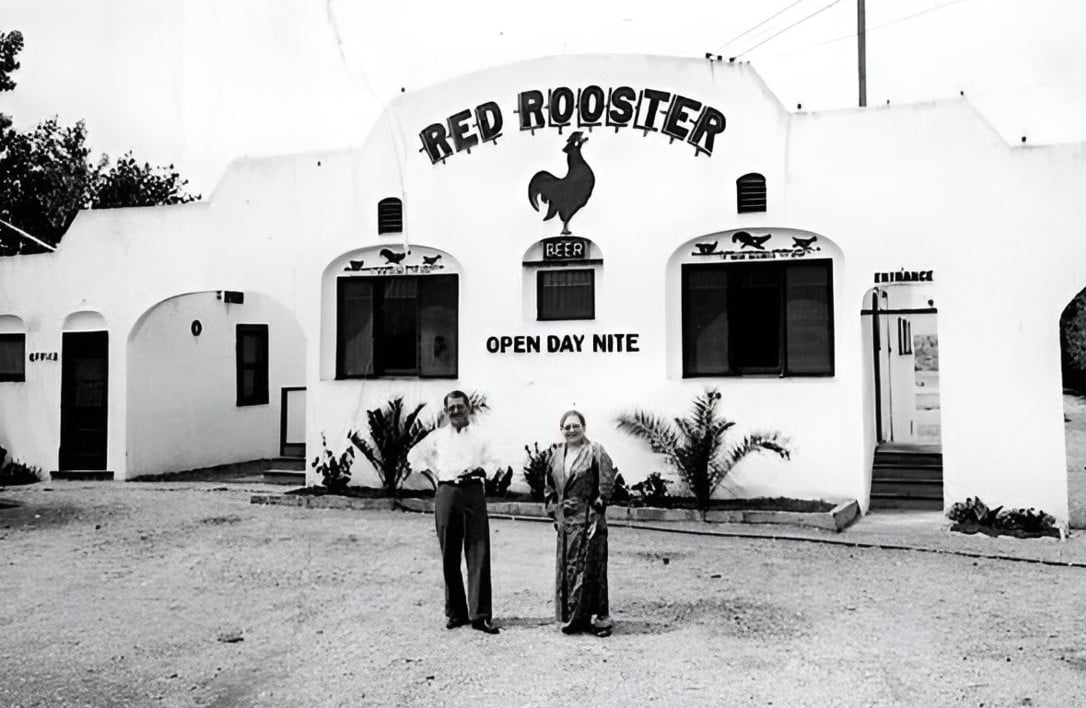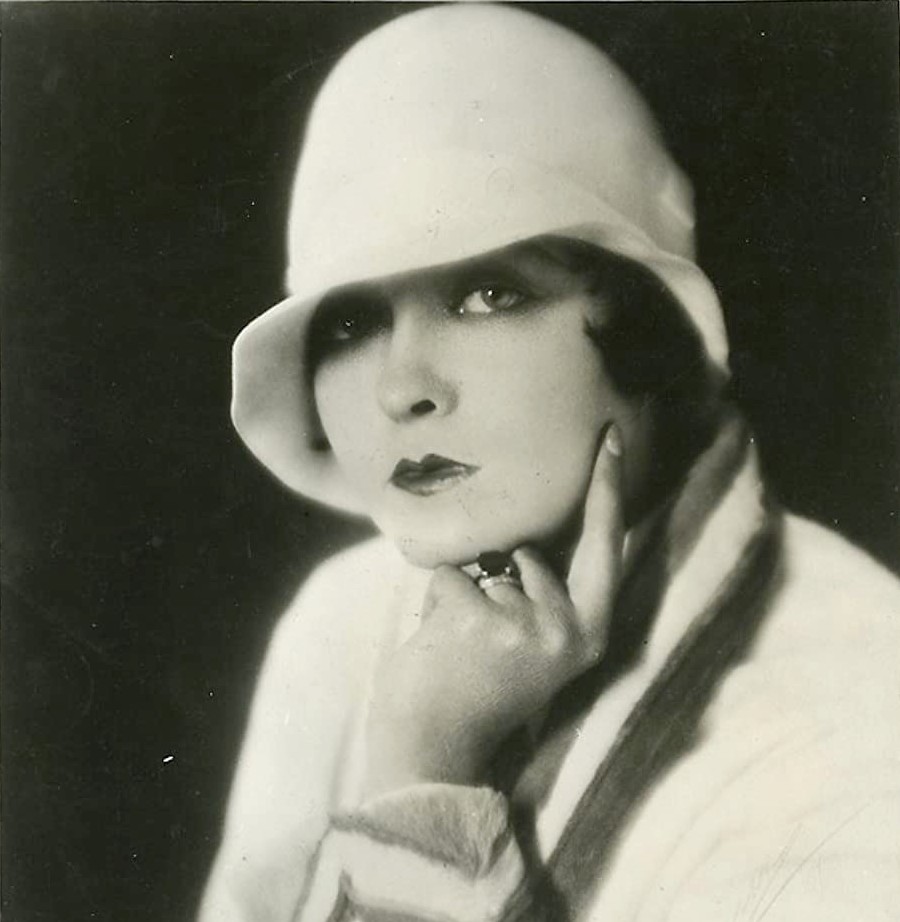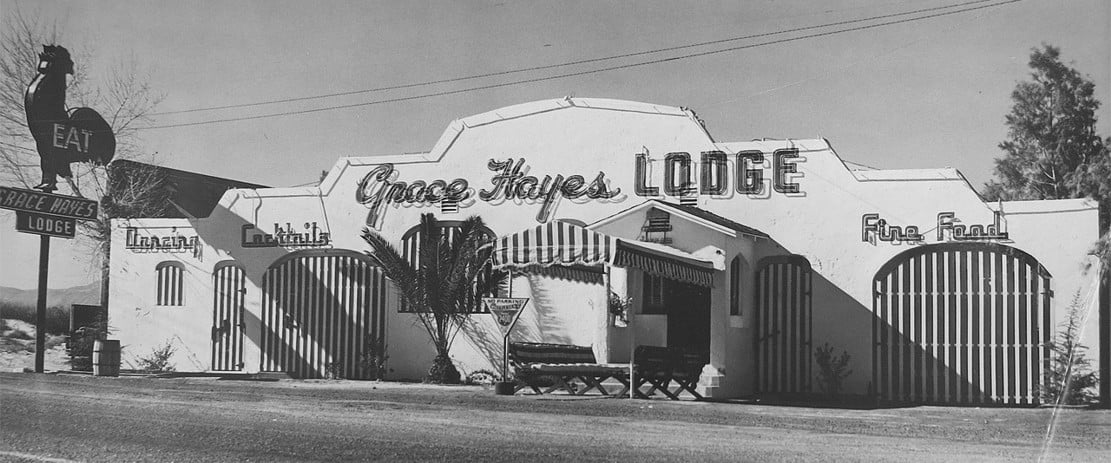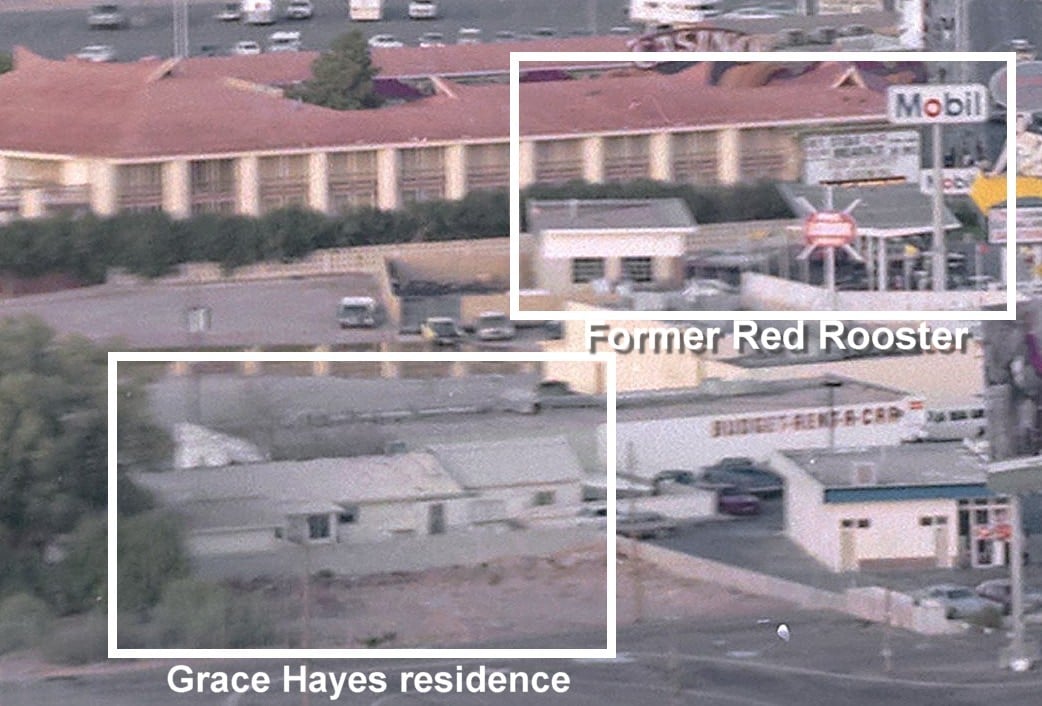Vegas Myths Re-Shattered: Flamingo was the first strip casino

Published on: December 8, 2023 at 08:03 pm.
Last updated on: December 8, 2023, 10:40 pm.
Editor’s note: “Vegas Myths Busted” posts new entries every Monday, with a bonus Flashback Friday release. Today’s post in our ongoing series originally ran on March 31, 2023.
We’ve already shattered the myth perpetuated by that scene in the 1991 movie Bugsy, in which Warren Beatty goes out into the barren desert and has a vision. No, gangster Benjamin “Bugsy” Siegel did not create the Las Vegas Strip.

He didn’t even create the Flamingo Hotel, which brings us to the legend at hand. the TRUE The story of the first casino to occupy the Strip is known to few non-historians. And it’s much better than the one in “Bugsy”.
The Las Vegas Strip, said UNLV history professor Michael Green casino.org, “It has a foundation the mom, Not the founding father.
Four mega-casinos and two integrated resorts took the Flamingo Road to Interstate 91, the main route from Salt Lake City to Los Angeles that was known in 1946. The first had been opened 15 years earlier by Alice Morris, whose nickname was “What” Amazing insight.
Real pecking order
“Ma” Morris opened the Red Rooster Club, not to be confused with the Las Vegas swingers club that had operated under that name since the 1980s, on November 26, 1930, on the 12-acre site where the north gate of The Mirage Hotel now stands. Initially, it was a nightclub featuring dance marathons, girls’ bands, and catering. Chicken dinner will cost you $1.
There was no gambling yet, at least not the legal kind. As strange as this may seem, Las Vegas has banned it since September 30, 1910.
Green explained that in the midst of Progressive Era moral reform in the early 1900s, Nevada banned most forms of gambling. “It did not become legal again until Governor Fred Balzar signed Assembly Bill No. 98 on March 19, 1931.”
Eager to exploit the new revenue stream, but having no gambling experience, Morris did what many other Las Vegas club owners did at the time: she sought the advice of a gambling expert. Who were the gambling experts at that time?
Gathering rules
Maurice “Goldie” Goldsworth was lured to Las Vegas by the promise of illegal gambling profits in an untapped market. A rising player in the Los Angeles gambling racket at the time, he was found bludgeoned to death with a hammer in the back seat of his car on October 16, 1958. The Los Angeles coroner described the gunshot wounds to his head as “only superficial.” “He was 52 years old.
While he was still breathing, Goldie agreed to set up and run Morris’ gambling operation in exchange for an undocumented cut of the profits. He applied for a modest license — for a blackjack table and three slot machines — and on April 1, 1931, Red Rooster became the first Clark County establishment on Interstate 91 to obtain a gaming license under the new law.
The Red Rooster also became the first casino on the Las Vegas Strip loses Its gaming license because serving alcohol was another thing was surprisingly against the law at the time. This would remain so throughout the United States until the repeal of Prohibition on December 5, 1933.
Alcohol has been available at Red Rooster since the day it opened. In February 1931, Prohibition agents arrived to issue a warning to Morris. It has temporarily complied. But on May 18, 1931, the Red Rooster received a second visit from the feds, but it was not so friendly. They arrested Morris and her husband, pleaded guilty, were placed on probation, and fined $500.
Goldie was not arrested during the raid. But when he applied to renew Red Rooster’s gaming license on July 7, 1931, the application was denied due to a previous liquor violation.
Other Pre-Flamingo Strip Casinos
Like Red Rooster, Pair O’ Dice opened as a nightclub and restaurant in 1930, serving alcohol under the table. Unlike Red Rooster, owners Frank and Angelina Detra were never arrested. They also applied for a gaming license, but did not receive one until May 1931, a month after Red Rooster issued them.
El Rancho Vegas opened in April 1941. It featured the largest casino on Interstate 91, with 70 slot machines and four table games. It also had a swimming pool and a 63-room hotel, so it can rightly be called the first Refuge On the Las Vegas Strip. As far as casinos are concerned, it is ranked third.
In 1941, the dice pair was sold and included in the Last Frontier Hotel. Its grand opening in 1942 made it the strip’s fourth official casino and second resort.
The Flamingo Hotel did not open until December 26, 1946, as the fifth casino and third resort on the future Las Vegas Strip.
The red rooster crows
Red Rooster’s timeline continued after losing its casino license. In 1933, Clark County gave new life to Morris’s business by granting it a dance hall license. After Prohibition was repealed later that year, the county issued a beer-only liquor license. Although the Red Rooster suffered a fire in July 1933, Morris rebuilt it and reopened it on December 30 of the same year. It remained popular throughout World War II.

In 1947, Morris sold the Red Rooster to former vaudeville star Grace Hayes. By then, the Hotel Sans Souci (French for “without care”) had been added to the property. In 1962, it would be demolished to create an outcast.
Like many former vaudeville performers, Hayes was unable to transition to big screen stardom. The singer and actress only managed to get two major roles, playing a version of herself in 1936’s “Maid for a Day” and 1941’s “Zis Boom Bah.”
So, Hayes came up with her Plan B. Taking advantage of her name’s fading reputation, she opened Grace Hayes Lodge in Sherman Oaks, California, in 1938.
After deciding to move herself and her club to Las Vegas, she paid Morris $15,000 for Red Rooster and the 12 acres on which it sat, renamed the club after her and built a ranch house behind it as her residence.
The club remained successful with Hayes at the helm, attracting many of the city’s early movers and shakers. In a 1981 interview with las vegas review journal, Hayes estimated that Howard Hughes was at the place at least three times a week.
“I don’t know what I served him with,” Hayes told the newspaper. “I know I gave him a drink. I mixed a drink. He didn’t care what it was. He never drank it, and he never paid me for a drink in his life.”

After Hayes tired of running the club, he rented it out to others. When Willie Martello, known for running gambling houses and brothels in Searchlight, Nevada, took office in 1949, he changed his name to Willie Martello Red Rooster. This is because its key players never stopped referring to the club by its former name.
After Martello, the club operated under a revolving door of different owners and new names. These included the Hi-Ho Club, The Patio, The Rendezvous, and finally Grace Hayes Lodge again. The club closed in 1957 and was demolished in 1959 by Standard Oil (which became Mobil Oil in 1966). Hayes leased the land to the company to open a gas station.
Hayes stays
Hayes continued to live in the farm house on her property. It eventually made history as the last remaining private home on the Strip. She was joined in Vegas by her son and daughter-in-law, artists Peter Lynde Hayes and Mary Healy, who were actively involved in the community.
In 1987, Steve Wynn paid Hayes $2 million for her home and the Mobile station where Red Rooster once stood. As part of the deal, she lived out her final days in a luxury suite at Wynn’s Golden Nugget resort downtown. Ill health forced Hayes to enter a convalescent center in Las Vegas, where she died at the age of 93 in 1989. This is the same year that Wynn opened The Mirage on the site of her former home.

Almost where Red Rooster once stood, Wynn built his most famous public attraction, The Mirage. Sometime in 2024, its faux volcano is scheduled to be demolished by Hard Rock International, which bought The Mirage last year for $1.1 billion. The resort’s new owner intends to build a 36-storey guitar-shaped hotel tower in its place.
Since news of the volcano’s impending demolition broke, baby boomers and Generation X have taken to social media to complain about Las Vegas’ lack of respect for its history. The interesting thing is that they believe the volcano is the most historic thing that once occupied this site.
When you see this Guitar Tower ascending toward the sky for the first time, know that it is rising from the ashes of Las Vegas history.
“Remember the pioneers who came first, in this case, Grace Hayes and her predecessor, Alice Morris, the founding mother of the Las Vegas Strip,” Green said.
Look for “Vegas Legends Busted” every Monday Casino.org. Visit VegasMythsBusted.com to read pre-busted Vegas legends. Do you have a suggestion for a Vegas legend that needs busting? Email corey@casino.org.





